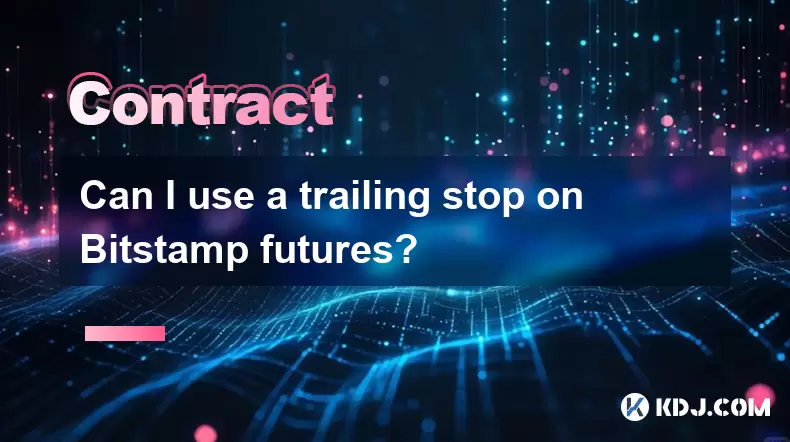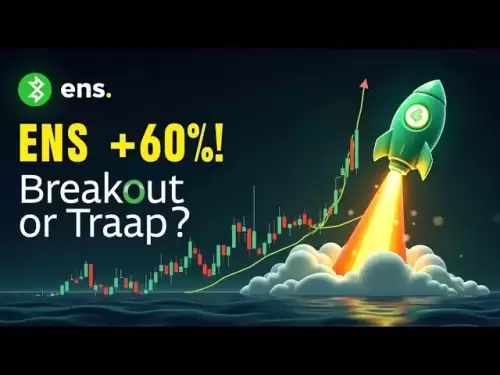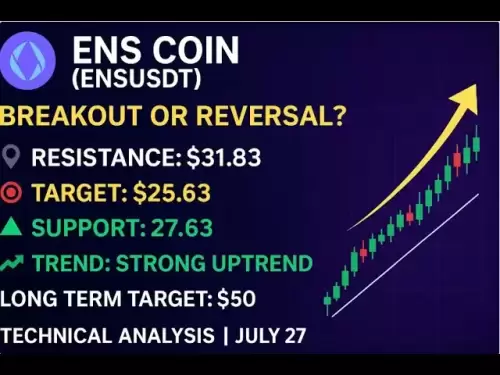-
 Bitcoin
Bitcoin $117900
0.31% -
 Ethereum
Ethereum $3766
0.28% -
 XRP
XRP $3.176
-0.31% -
 Tether USDt
Tether USDt $1.000
0.00% -
 BNB
BNB $795.6
1.51% -
 Solana
Solana $186.8
-1.09% -
 USDC
USDC $0.9999
-0.01% -
 Dogecoin
Dogecoin $0.2353
-1.33% -
 TRON
TRON $0.3226
1.49% -
 Cardano
Cardano $0.8172
-1.08% -
 Sui
Sui $4.178
3.06% -
 Hyperliquid
Hyperliquid $43.05
-3.39% -
 Stellar
Stellar $0.4367
-0.57% -
 Chainlink
Chainlink $18.62
1.47% -
 Hedera
Hedera $0.2828
6.63% -
 Bitcoin Cash
Bitcoin Cash $584.7
5.65% -
 Avalanche
Avalanche $24.81
2.53% -
 Litecoin
Litecoin $112.8
-0.88% -
 UNUS SED LEO
UNUS SED LEO $8.975
-0.08% -
 Shiba Inu
Shiba Inu $0.00001395
-1.07% -
 Toncoin
Toncoin $3.285
-1.05% -
 Ethena USDe
Ethena USDe $1.001
0.01% -
 Polkadot
Polkadot $4.123
0.76% -
 Uniswap
Uniswap $10.49
-0.18% -
 Monero
Monero $326.5
0.14% -
 Dai
Dai $0.9999
-0.02% -
 Bitget Token
Bitget Token $4.576
0.34% -
 Pepe
Pepe $0.00001247
-1.55% -
 Cronos
Cronos $0.1400
3.77% -
 Aave
Aave $295.1
-0.73%
OKX app leverage trading tutorial
Leverage trading on the OKX app involves borrowing funds to multiply your trading capital, allowing you to increase your potential profits and risk exposure.
Nov 13, 2024 at 12:44 pm

OKX App Leverage Trading Tutorial: A Comprehensive Guide
Introduction
Leverage trading on the OKX app amplifies your trading potential by allowing you to borrow funds and increase your exposure to the market. This tutorial will guide you through the process of leverage trading on the OKX app, from understanding the basics to executing successful trades.
Step 1: Understanding Leverage
Leverage is a tool that multiplies your trading capital by borrowing funds from the exchange. For example, if you trade with 10x leverage, your account balance of $1,000 effectively becomes $10,000. This allows you to increase your potential profits but also magnifies your risk. It's crucial to understand the potential benefits and risks before using leverage in your trading strategy.
Step 2: Setting Up a Leverage Trading Account
To enable leverage trading on the OKX app, you must first create a trading account that supports leverage. Navigate to the "Settings" menu in the app and select "Trading Preferences." Enable the "Enable Leverage Trading" option and select the desired leverage ratio (e.g., 10x, 20x). Remember that higher leverage ratios increase your risk exposure.
Step 3: Choosing the Right Leverage Ratio
The appropriate leverage ratio depends on your trading experience, risk tolerance, and trading strategy. Beginners should start with lower leverage (e.g., 2x or 5x) to minimize their risk. As you gain experience and have a better understanding of the market, you can gradually increase the leverage ratio to optimize your potential profits while managing your risk.
Step 4: Selecting a Trading Pair and Order Type
Leverage trading can only be executed on certain trading pairs. Select the desired trading pair (e.g., BTC/USDT) and choose an order type (e.g., market order, limit order, stop-limit order). The order type you select will determine how the trade is placed and executed.
Step 5: Setting the Leverage Multiplier
Once the trading pair and order type are selected, specify the leverage multiplier by entering the desired value (e.g., 10x, 20x) in the allocated field. The leverage multiplier determines the amount of leverage applied to the trade.
Step 6: Executing the Trade
Before executing the trade, review the order details, including the price, size, leverage ratio, and estimated liquidation price. Ensure that you have carefully considered the potential risks and that the trade aligns with your trading strategy. Then, click the "Buy" or "Sell" button to place the leveraged order.
Step 7: Risk Management Strategies
Effective risk management is crucial when leverage trading. Strategies include setting stop-loss and take-profit orders to limit potential losses and protect profit margins, respectively. Additionally, consider using position reduction techniques to gradually reduce your exposure as the market moves in your favor.
Step 8: Monitoring the Trade and Managing Risk
After executing the leveraged trade, monitor its performance closely. Keep track of the market fluctuations, price movements, and any changes in the liquidation price. Adjust your position accordingly by scaling in or out. Regular monitoring enables you to make informed decisions and manage the risk associated with leverage trading effectively.
Disclaimer:info@kdj.com
The information provided is not trading advice. kdj.com does not assume any responsibility for any investments made based on the information provided in this article. Cryptocurrencies are highly volatile and it is highly recommended that you invest with caution after thorough research!
If you believe that the content used on this website infringes your copyright, please contact us immediately (info@kdj.com) and we will delete it promptly.
- Ruvi AI: The Next Solana? Riding the AI Token Wave on CoinMarketCap
- 2025-07-28 00:50:16
- BlockDAG, Crypto Coin, XRP, ADA, and SUI: Navigating the 2025 Crypto Landscape
- 2025-07-28 00:30:16
- Riding the Bulls: ROI Tokens and the 2025 Momentum
- 2025-07-28 00:55:14
- Coinbase Wallet: Security, Reviews, and What's the Hype?
- 2025-07-28 00:30:16
- Crypto ETFs and Altcoins: Navigating the Wild West with Meme Coins and Tokenized Assets
- 2025-07-27 23:04:06
- Pi Coin in 2026: Will It Be Worth the Wait?
- 2025-07-27 23:10:12
Related knowledge

Why is my Bitstamp futures position being liquidated?
Jul 23,2025 at 11:08am
Understanding Futures Liquidation on BitstampFutures trading on Bitstamp involves borrowing funds to open leveraged positions, which amplifies both po...

Does Bitstamp offer inverse contracts?
Jul 23,2025 at 01:28pm
Understanding Inverse Contracts in Cryptocurrency TradingIn the realm of cryptocurrency derivatives, inverse contracts are a specific type of futures ...

What is the difference between futures and perpetuals on Bitstamp?
Jul 27,2025 at 05:08am
Understanding Futures Contracts on BitstampFutures contracts on Bitstamp are financial derivatives that allow traders to speculate on the future price...

How to find your Bitstamp futures trade history?
Jul 23,2025 at 08:07am
Understanding Bitstamp and Futures Trading AvailabilityAs of the current state of Bitstamp’s service offerings, it is critical to clarify that Bitstam...

Can I use a trailing stop on Bitstamp futures?
Jul 23,2025 at 01:42pm
Understanding Trailing Stops in Cryptocurrency TradingA trailing stop is a dynamic type of stop-loss order that adjusts automatically as the price of ...

Can I use a trailing stop on Bitstamp futures?
Jul 25,2025 at 02:28am
Understanding Trailing Stops in Cryptocurrency Futures TradingA trailing stop is a dynamic type of stop-loss order that adjusts automatically as the m...

Why is my Bitstamp futures position being liquidated?
Jul 23,2025 at 11:08am
Understanding Futures Liquidation on BitstampFutures trading on Bitstamp involves borrowing funds to open leveraged positions, which amplifies both po...

Does Bitstamp offer inverse contracts?
Jul 23,2025 at 01:28pm
Understanding Inverse Contracts in Cryptocurrency TradingIn the realm of cryptocurrency derivatives, inverse contracts are a specific type of futures ...

What is the difference between futures and perpetuals on Bitstamp?
Jul 27,2025 at 05:08am
Understanding Futures Contracts on BitstampFutures contracts on Bitstamp are financial derivatives that allow traders to speculate on the future price...

How to find your Bitstamp futures trade history?
Jul 23,2025 at 08:07am
Understanding Bitstamp and Futures Trading AvailabilityAs of the current state of Bitstamp’s service offerings, it is critical to clarify that Bitstam...

Can I use a trailing stop on Bitstamp futures?
Jul 23,2025 at 01:42pm
Understanding Trailing Stops in Cryptocurrency TradingA trailing stop is a dynamic type of stop-loss order that adjusts automatically as the price of ...

Can I use a trailing stop on Bitstamp futures?
Jul 25,2025 at 02:28am
Understanding Trailing Stops in Cryptocurrency Futures TradingA trailing stop is a dynamic type of stop-loss order that adjusts automatically as the m...
See all articles

























































































